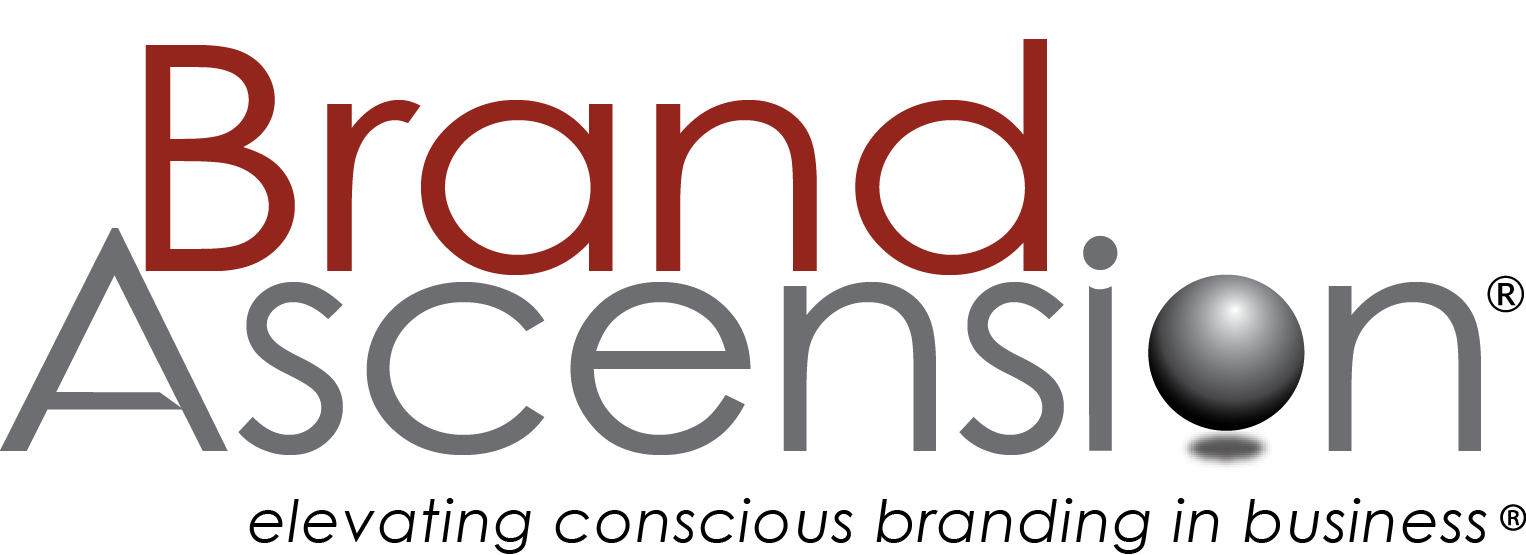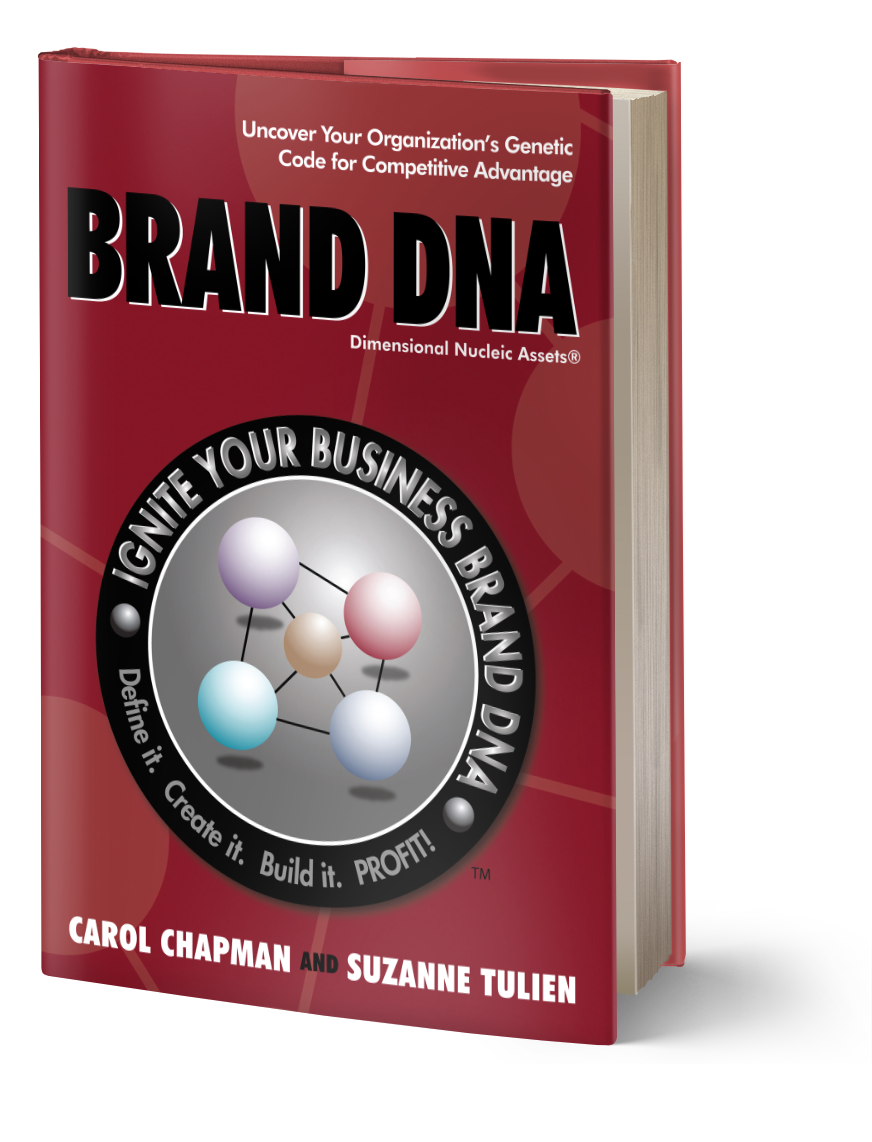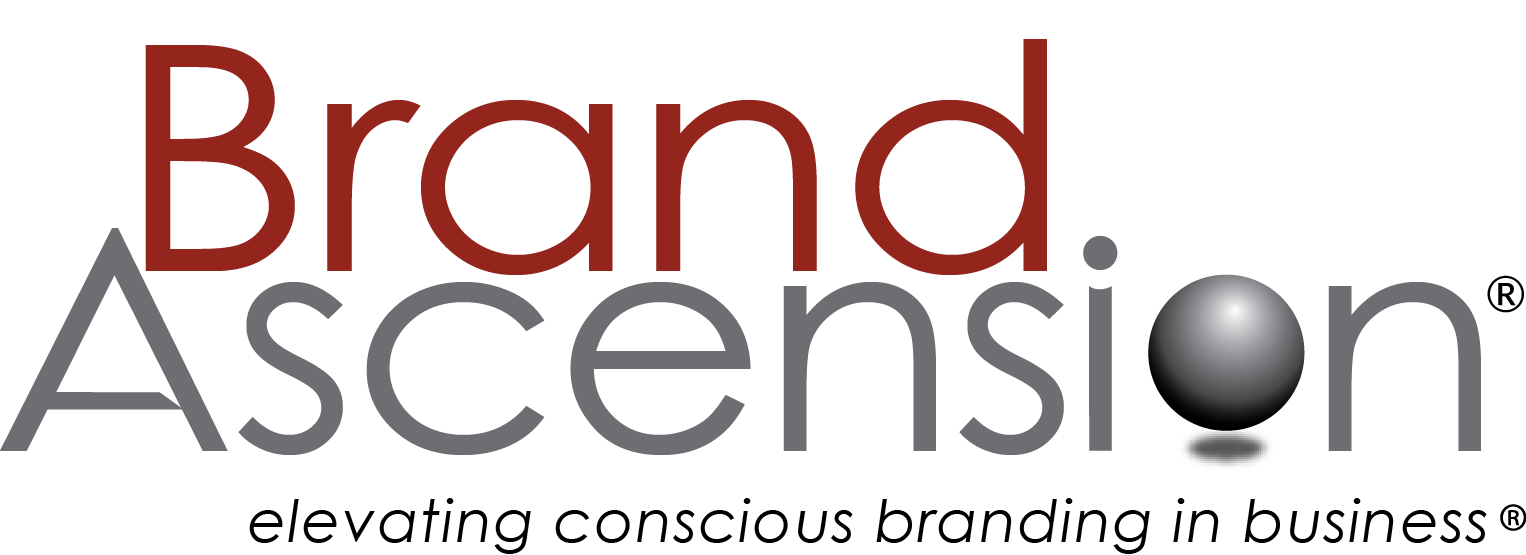
Are you Marketing a Brand You have Not Yet Fully Identified, Defined, and Aligned too?
"I guide businesses & solo-professionals to identify, define, & align to their brand's genetic code to competitive advantage (Brand DNA)
-- before they spend one more $ in marketing."
-- before they spend one more $ in marketing."
- Suzanne Tulien, Brand Clarity Expert, Author, Speaker
STOP MARKETING, for now, START BRANDING.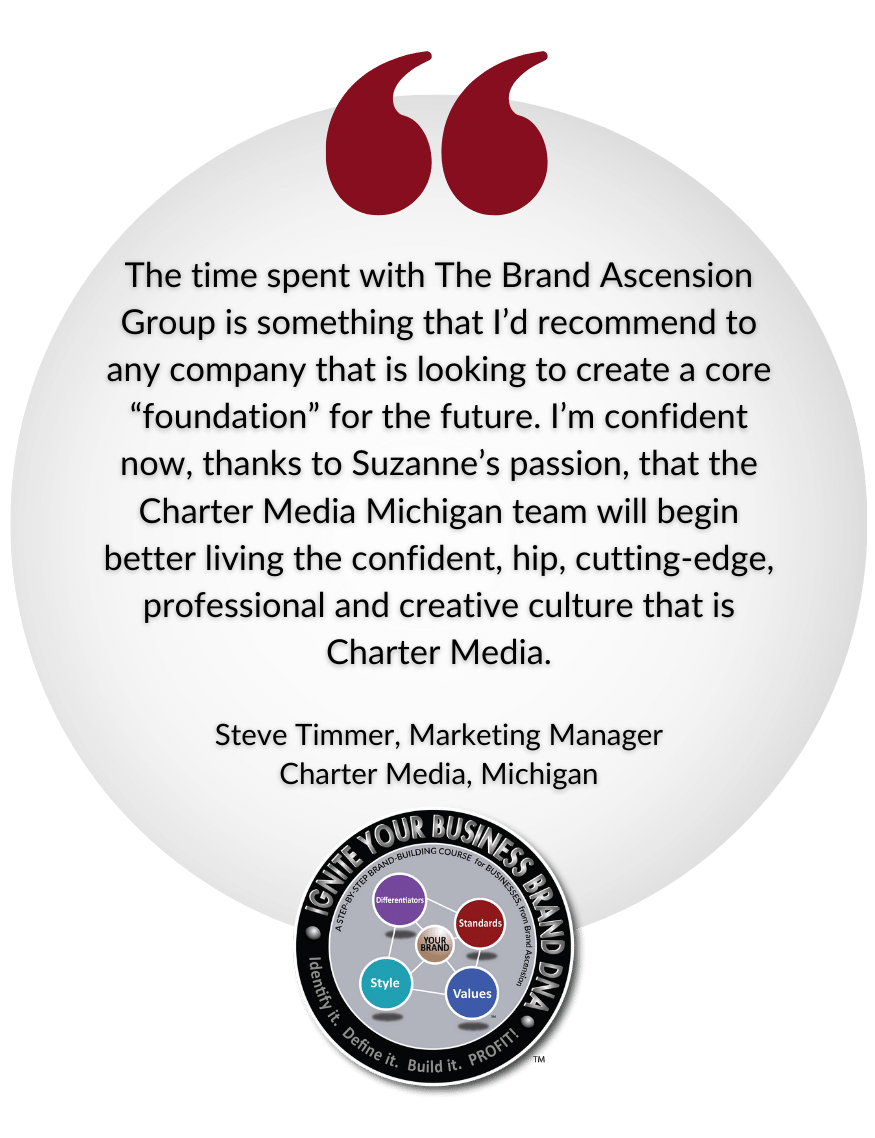

Wait, what? ...When you are ready to CLARIFY your brand, we'll help you:
- Unlock your brand's true potential through our proven Brand DNA methodology, from the inside out (through your culture, leadership, systems & processes).
- Clarify your specific brand value positions, aligning your business with your core values, brand style and unique differentiators, fostering accountability, and empowering you to authentically embody your brand's message and value position.
- Discover how my proven approach (Brand DNA ) to branding transcends mere marketing, fostering lasting customer loyalty and word-of-mouth growth.
- Whether it's personal or business branding, I'll guide you to harness the magnetic power of clarity & alignment, attracting authenticity-seeking audiences who resonate with your genuine brand identity.
- Elevate your brand journey with BrandAscension and walk, talk, and literally become the embodiment of what you stand for and the 'go-to expert' in your industry.
Our site is robust and chock full of ALL THINGS BRANDING -
take your time and peruse our products & services based on your needs.
take your time and peruse our products & services based on your needs.
Business
Brand DNA
Brand DNA
Small to Mid-Sized Organization Brands
with Employees
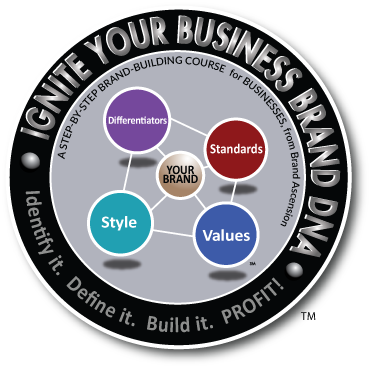
Solo-Professionals
Personal Brand Presence
Personal Brand Presence
Solo Business Owners; Personal Brands, i.e. Coaches, Practitioners, Sales Reps, Brokers, Agents, & More
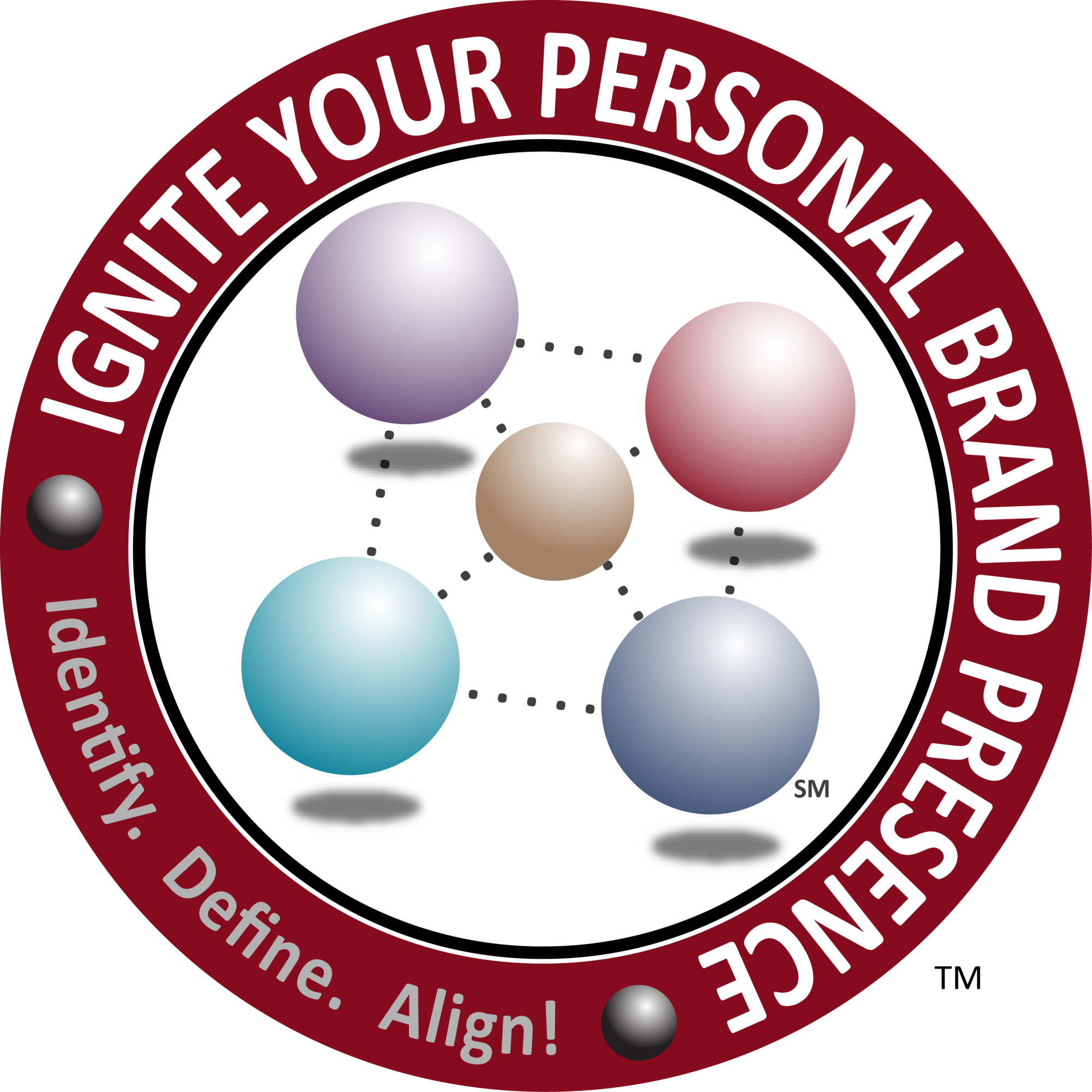
Speaker Training
Speaker Brands
Speaker Brands
Speaker Workshops, Coaching & Masterminds
Signature Talk Design
Signature Talk Design

Your business already has a brand.
The REAL question is,
“Are you + your employees in control of it?”
The REAL question is,
“Are you + your employees in control of it?”
Consistently successful brands are built from the inside out. Your Brand Value Position is in your DNA; within the hearts & minds of the leaders, employees, and culture of your business.
We just have to uncover it, define it, and become it.
We just have to uncover it, define it, and become it.
As a solopreneur, YOU are the distinction.
Let's leverage your unique Value Position.
Let's leverage your unique Value Position.
Your Personal Brand is made up of specific attributes unique to YOU.
Stop marketing, for now, Start Branding!
What makes a so-so speaker different from an AMAZING SPEAKER?
Connection? Confidence? Humor? Expertise? How can YOU make even the most boring or analytical topics more engaging? How do you leverage your own personality style and resonate with your audience in ways that will keep them totally engaged and telling others about you?

SUZANNE SPEAKS!
Book Suzanne
for your next event!

My BrandBytes videos are light appetizers designed to give you short branding tips & concepts to get you more conscious, strategic and deliberate in your brand-building actions.
Meet Suzanne Tulien
Brand Clarity Expert, Author, & Speaker
I help BRANDS get Conscious, Be Inspiring, & Grow in alignment with who they are.
I clarify brand value positions; helping businesses, and personal brands position themselves to be congruent with what they truly stand for, become accountable to it, and commit to walking their talk.
"Marketing MIGHT get prospects in the door,
but it is your BRAND that keeps them coming back,
and telling their friends."
but it is your BRAND that keeps them coming back,
and telling their friends."
I have always been fascinated with the psychology of alignment and how alignment becomes a magnet to attracting that which is the same. This is where BRAND development fits into my professional path.
From personal branding to business branding, the common denominator goal is to step into your full potential by examining who you are from the inside out and then committing to taking action on fully walking your talk and ultimately becoming who you want to be known for.
My Brand 'WHY":
“I EXIST TO BE A CO-CREATIVE PARTNER IN THE EVOLUTION OF
“I EXIST TO BE A CO-CREATIVE PARTNER IN THE EVOLUTION OF
SELF-ALIGNMENT + BUSINESS AUTHENTICITY; A CATALYST FOR CONSCIOUSNESS, INSPIRATION AND GROWTH.”
Personal Brand Clarity;
Identify, Define, & Align
to What You Want to Become Known For...
to What You Want to Become Known For...

Brand DNA:
Uncover Your Organization's Competitive Genetic Code for Competitive Advantage

"Clarity is the basis for leveraging your true distinction."
– Suzanne Tulien, Brand Clarity Expert, Author, Speaker
– Suzanne Tulien, Brand Clarity Expert, Author, Speaker
Recent Brand Blog Posts
Getting you more conscious, strategic & deliberate with your brand.
Stay in Touch with Brand Ascension
Get updates on All Things Branding; i.e. podcast interviews, BrandByte Video tips, downloads & more.
